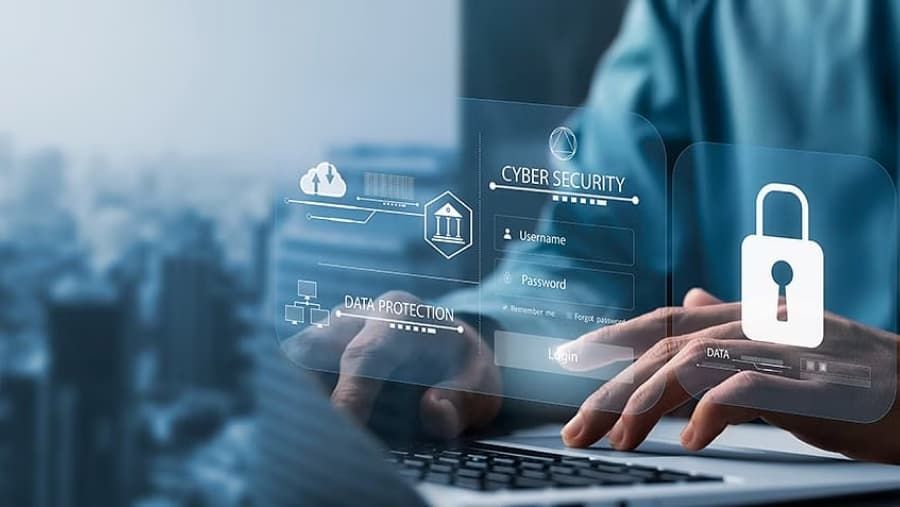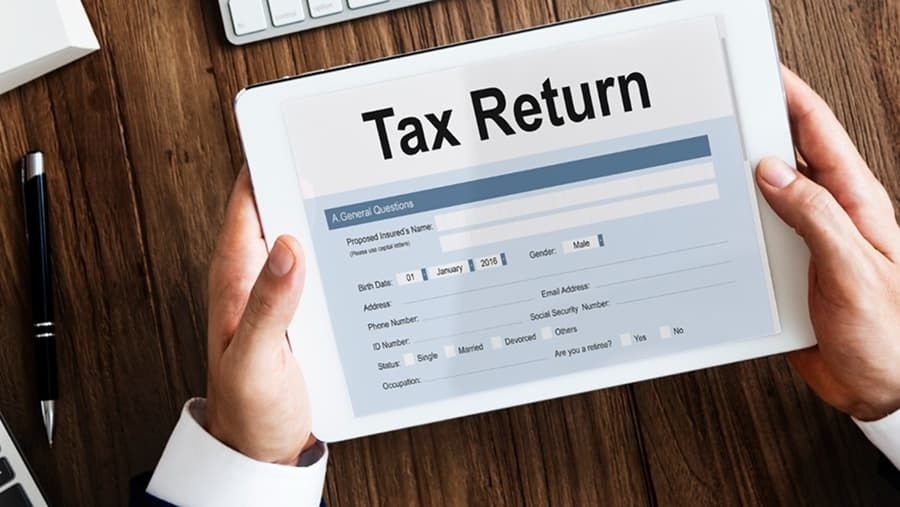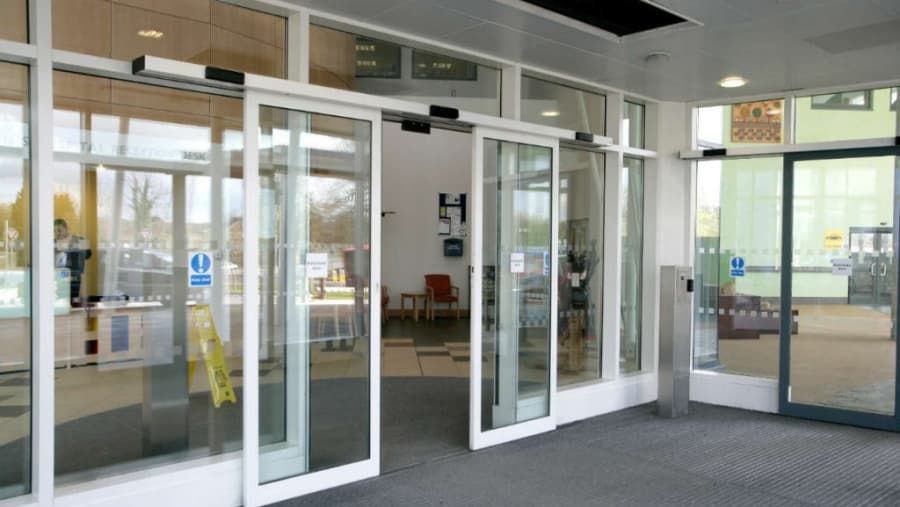Tools to Ensure Data Security and How to Do: Safeguarding Your Digital Assets
Data is one of the most vital things we need in the current digital era for corporations, individuals, and organizations. A good reference for securing the things you own online, through tooling and practices. Here are some of these genuinely indispensable tools.

1. The soul of data protection: Encryption
Let with technicalities out of the way, encryption is one of the most simple concept of data security. Encryption is a way of getting sensitive data and messing into a sequence of characters, no one can read unless anyone have the correct key to decrypt it. The reason why encryption is so important is that it safeguards our sensitive information, protect our privacy by encrypting. Therefore, no one can use it unless given to the wrong people.
How to Do:
- You can use strong encryption algorithms such as AES-256 for data at rest and TLS 1.2 or higher for data in transit.
- Personal and business data encryption (emails, files, databases).
- Routine strengthens encryption keys and protocols, to help the weak prospects beat the weak prospects.
2. Applications for anti-virus and anti-Malware
Data loss prevention(DLP) technologies is where they help us monitor system actions and help in restricting leakage of sensitive details. It’s ideal if these applications scan your systems for recognized threats and can provide you with real-time defense towards ones that are emerging forwards.
How to Do:
- Use reliable antivirus programs from companies like Norton, McAfee or Bitdefender.
- Check that your antivirus is up to date with the latest virus database.
- Scan all devices, laptops, desktops and mobile devices regularly.
3. Firewall: The Ultimate Tool to Protect Your Network
The firewall plays as the protective wall for your inside network and outside world, it can monitor and control the incoming and outgoing network traffic though the safety rules established by you. They are helpful to prevent the network and data that are not permitted.
How to Do:
- Use both Hardware and software firewalls to ensure the comprehensive protection.
- Set firewalls to also block suspicious traffic, only allow connections from trusted ones.
- Adjust firewall settings and rules frequently with the threat levels.
4. Keys to Your Account Security: Using MFA
What is MFA (Multi-Factor Authentication)? Multi-Factor Authentication (MFA) is a worldwide security feature; that is, a user is required to exhibit at least two or more proof factors, to grant access to the same source, including the app, an online application or computer network. Default MFA is capable of stopping unwanted access after password theft.
How to Do:
- Always implement MFA on all high-value accounts such as email, banking and business systems.
- The multi-factor approach (something you know (plain text password), something you have (security token), something you are (biometric data) is advisable.
- Do check and renew MFA settings frequently.
5. Data Backup and Recovery Solutions: Being Ready For The Worst
There is no data breach or cyberattack that hasn’t been tried. So just ensure you have good backup and recovery plan in place, so you are able to restore your data in no time and minimize down time after a security incident.
How to Do:
- Regularly back up all critical data (files, databases, system configurations, etc.)
- Store secure, offsite backups or cloud providers.
- Test your backup and recovery regularly, you want to make sure it’s what you expect.
In summary, data security is not something you do in a day; it includes a wide range of tools, practices, and a lot of diligence. By implementing best practices in addition to utilizing the best data security tools, the chance of data breaches and hack is significantly reduced.









